After Nature, Bordeaux

With astute intensity, the images articulate an ominous statement on natural origin. Both aesthetic and analytical— After Nature is a mesmeric middleground between fashion, photography, philosophy.





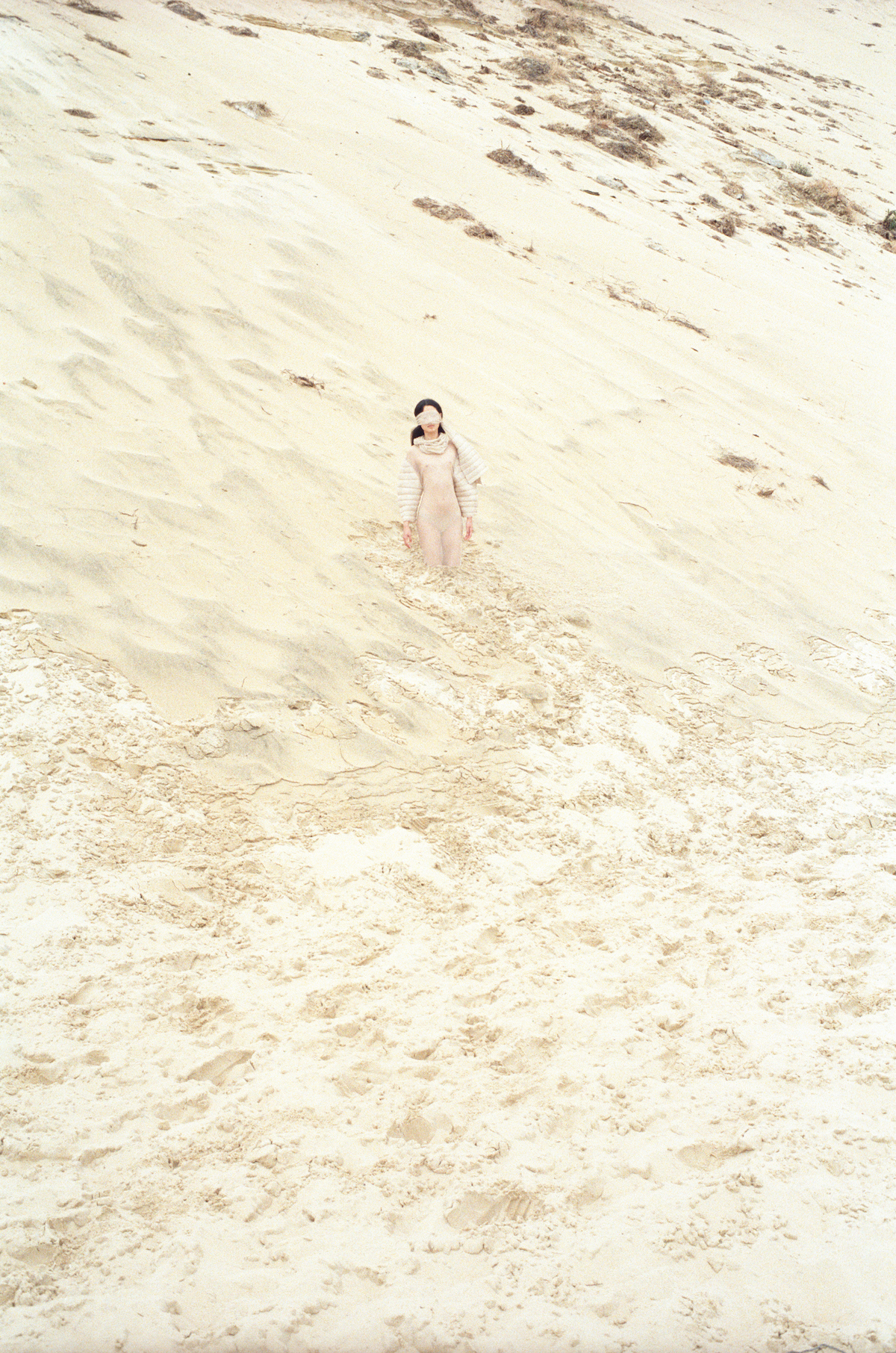
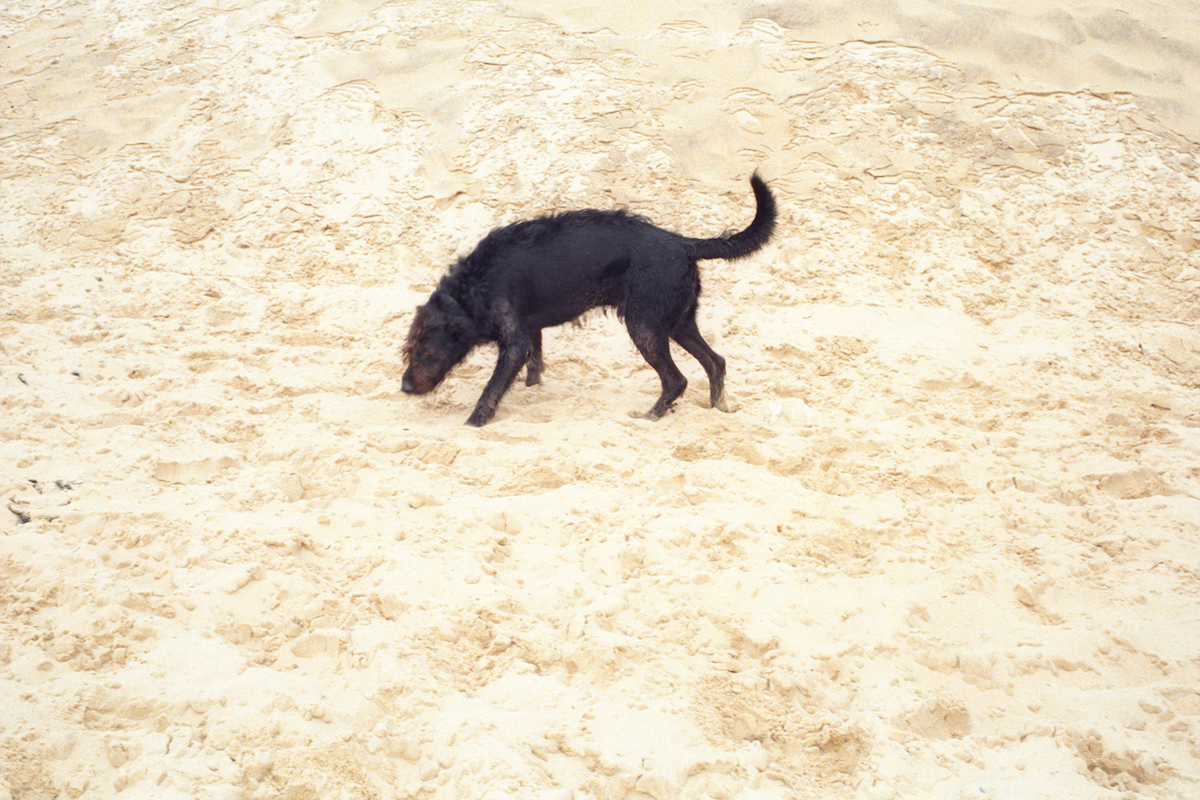



- Text by Anna Zanes
Stay informed on our latest news!

With astute intensity, the images articulate an ominous statement on natural origin. Both aesthetic and analytical— After Nature is a mesmeric middleground between fashion, photography, philosophy.











When the lights went down and guests cleared off of the catwalk, the production of “Do You Understand?” began in earnest. An expansion into womenswear, skin-clinging fabrics and light, sinewy dresses complexified the story of the brand as they worked their way down the runway, alongside highlights like a strappy, flowing black skirt and olive green cut-out tops.
The designer’s commitment to best-in-class subversions of menswear classics continued, with a deliciously slitted rugby polo and artfully cut button-downs. Workwear jackets were tailored to a shoulder’s width of perfection in versatile shades of that same olive green, cream, and deep blue.
The collection marked a compelling evolution in the story of a brand that has made a name for itself in personality, sensual campaigns, and representation of queer, BIPOC bodies. As show notes explained, this season’s offering “was designed to say less; you either get it, or you don’t.” The designer continued: “Fuck the clothes, it’s the tenacity of why they exist in the first place.”
Nike lent its name to the collection as well, providing support in a satisfying matchup of industry stalwart versus exciting upstart.
“This show is dedicated to everyone who made this happen. From the bottom of my heart, Thank you. It means so much, because I leave it all in the clothes,” Gbadegesin said.


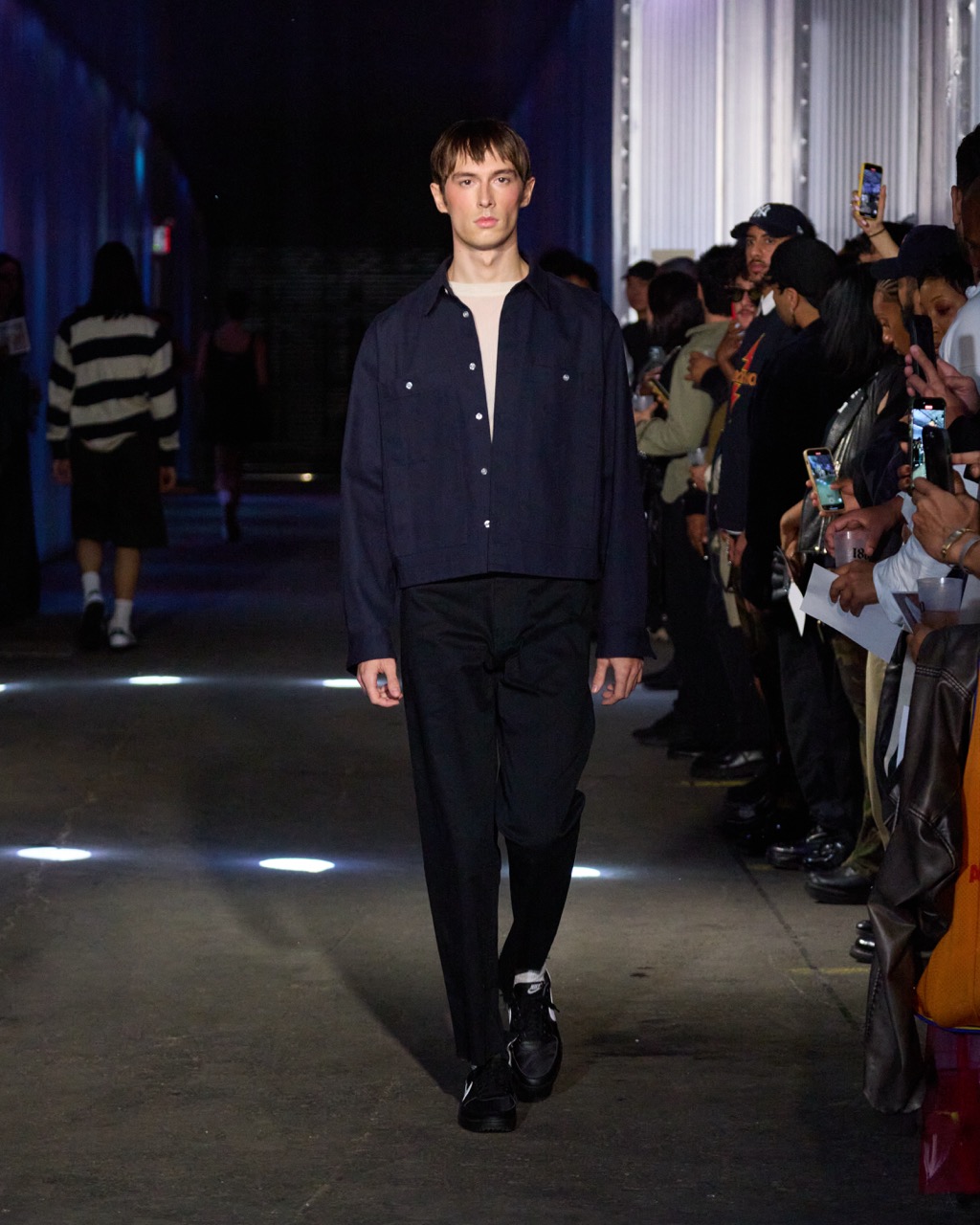






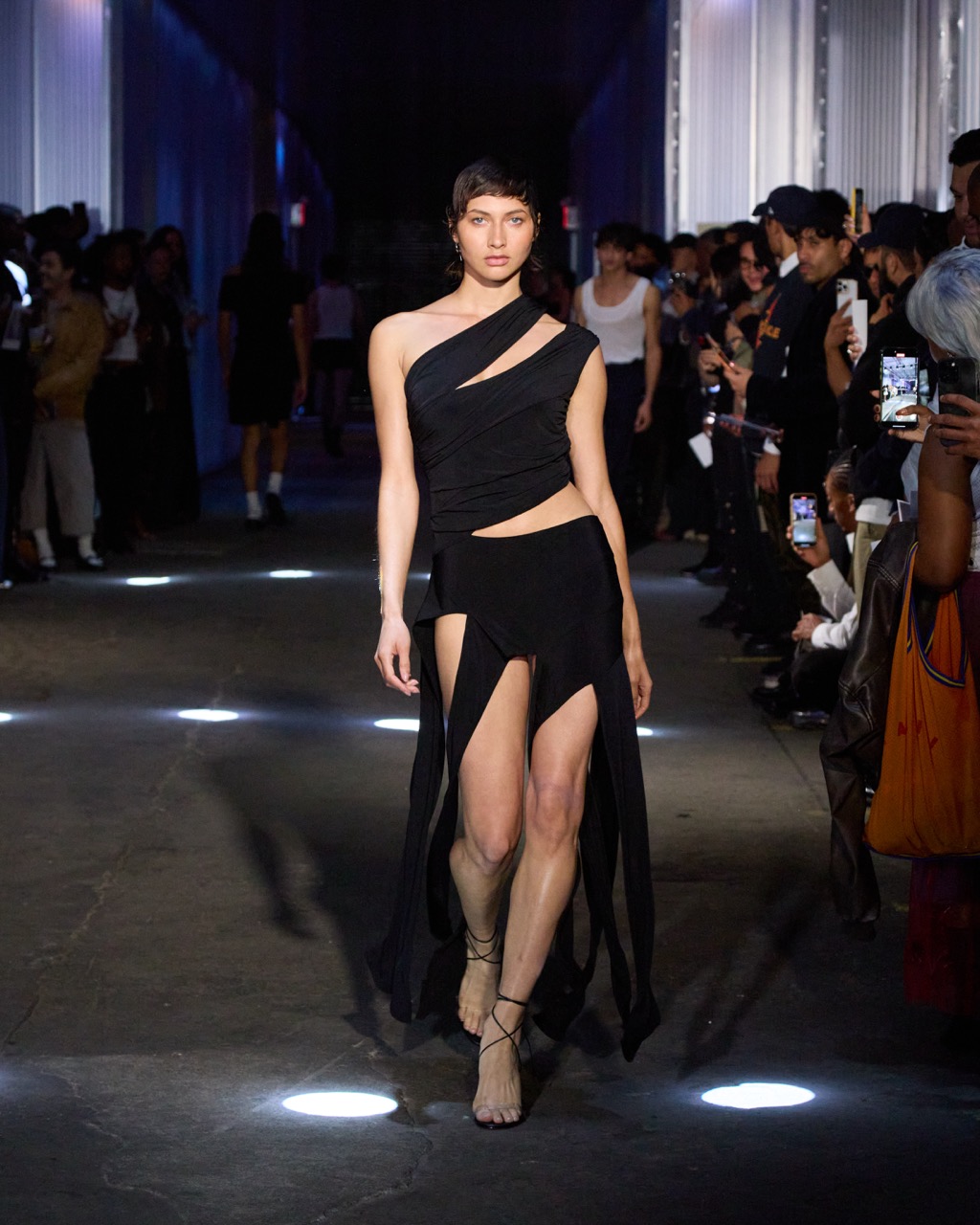



For Kalman, Still Kelly represents more than just his take on streetwear — it’s a platform to showcase his close-knit community of friends and collaborators. The brand’s first lookbook, photographed by Winter Vandenbrink and styled by Pau Avia, reflects Kalman's commitment to thoughtful, enduring design over gimmicks. Preview the lookbook below.















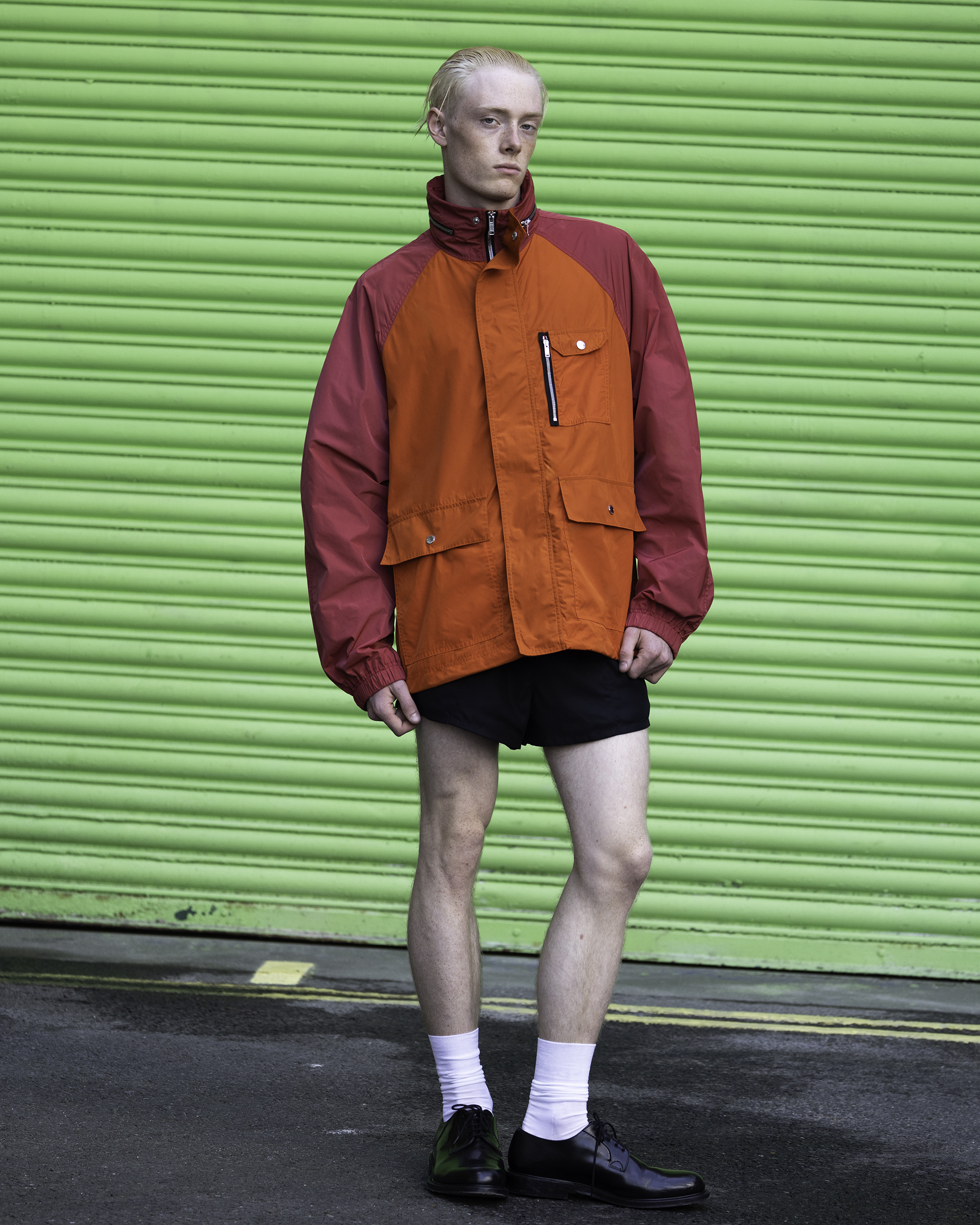






This collection in particular was inspired by a 1995 runway show by African designer Lamine Kouyaté, who collaborated with Puma for his brand Xuly-Bët. He created a collection of jerseys using all recycled materials. "Kouyaté’s words about reimagining synthetic materials that aren’t biodegradable struck me: 'These are modern fabrics... you could reinvent them instead of letting them rot,'" Chiro reflects.
By turning basketball jerseys into dresses, Chiro challenges our understanding of streetwear by taking it out of its stereotypical context. The dresses fuse elements of Black culture, sportswear, and femininity. This combination has resulted in innovative clothing that pulls from nostalgia while bringing in a contemporary twist. She recently debuted the dresses at Procell, a downtown vintage curator and storefront.




